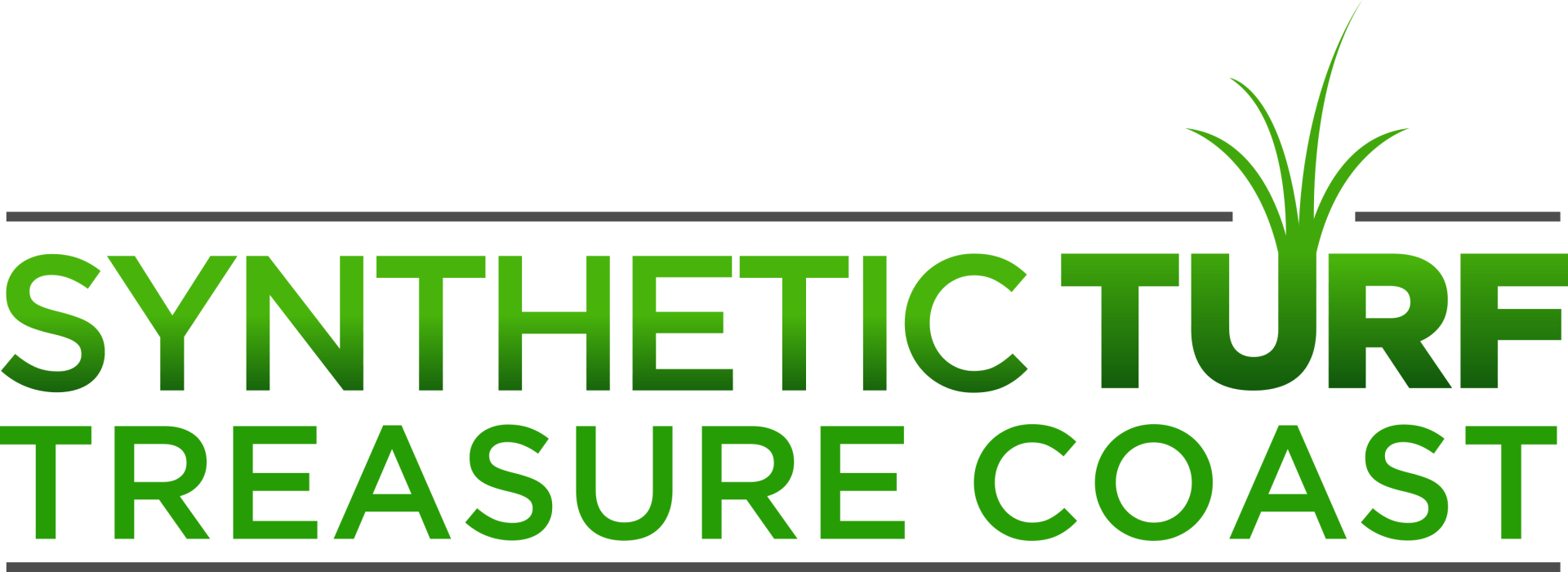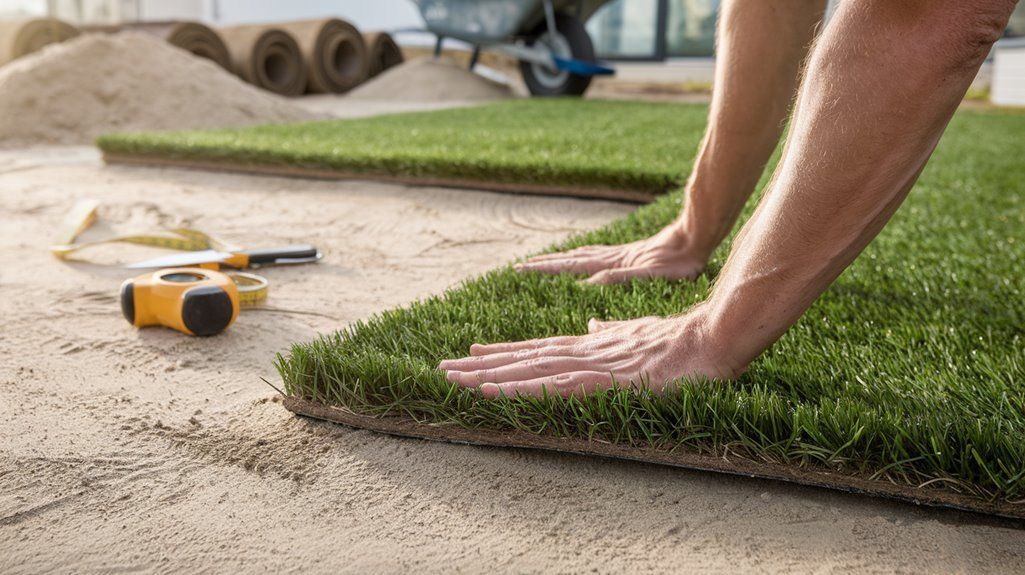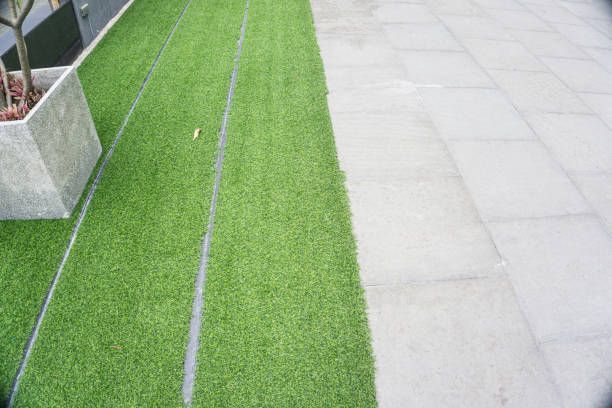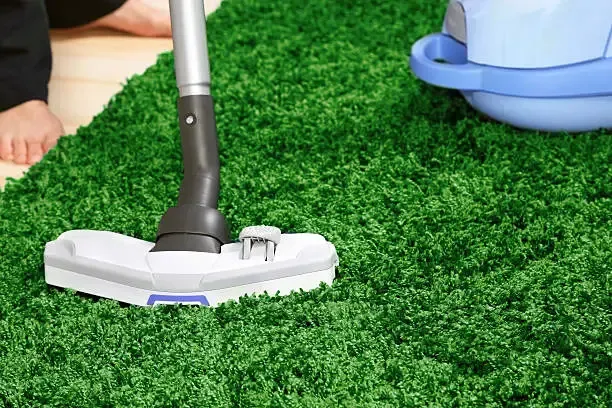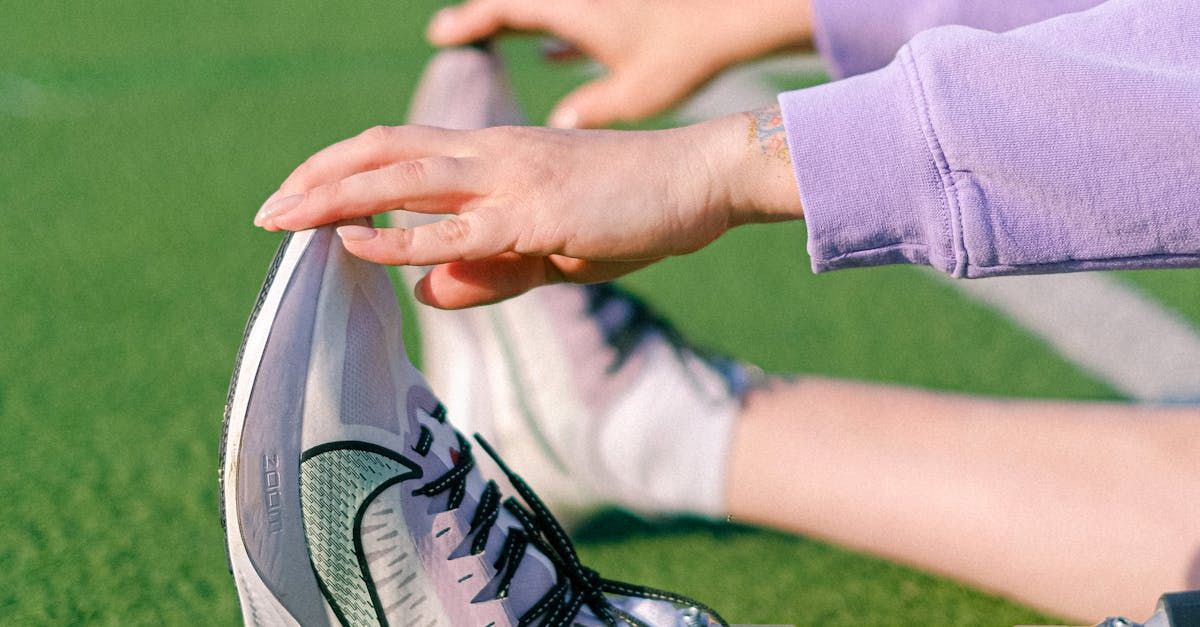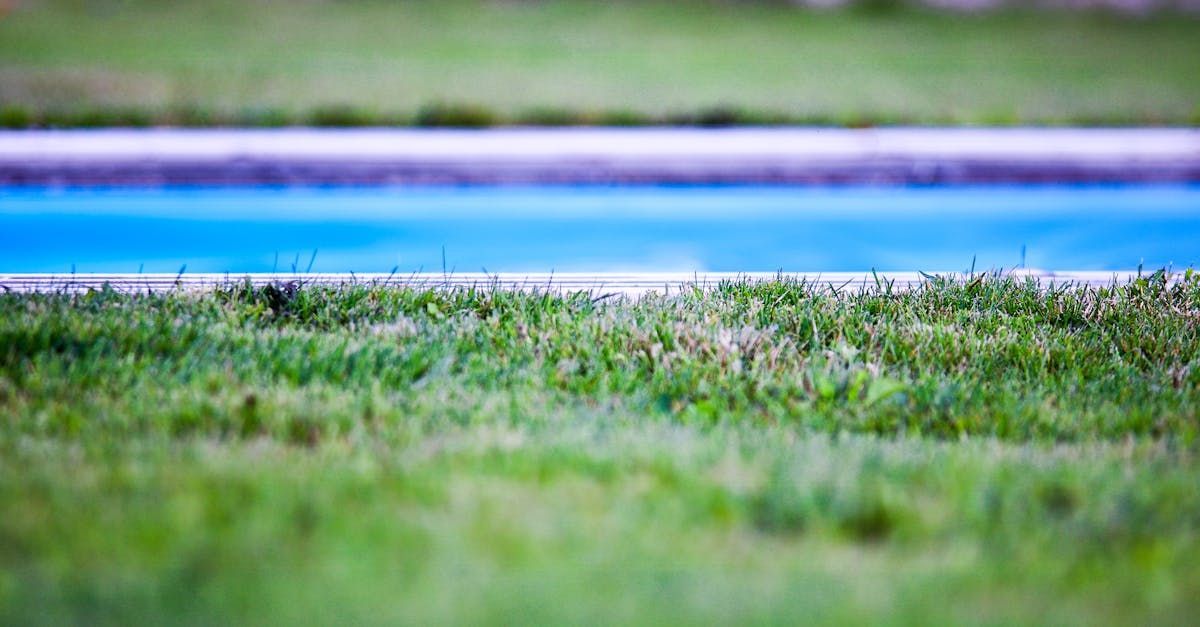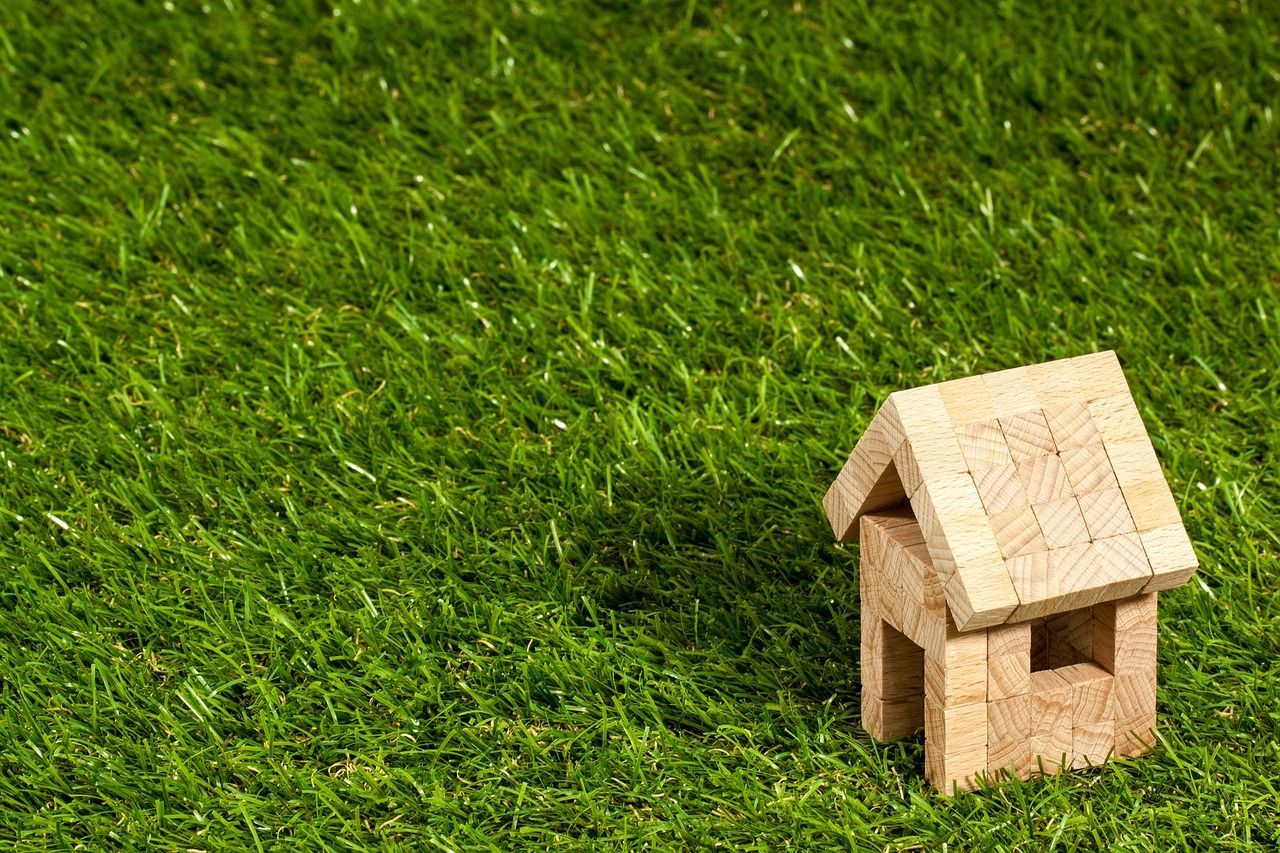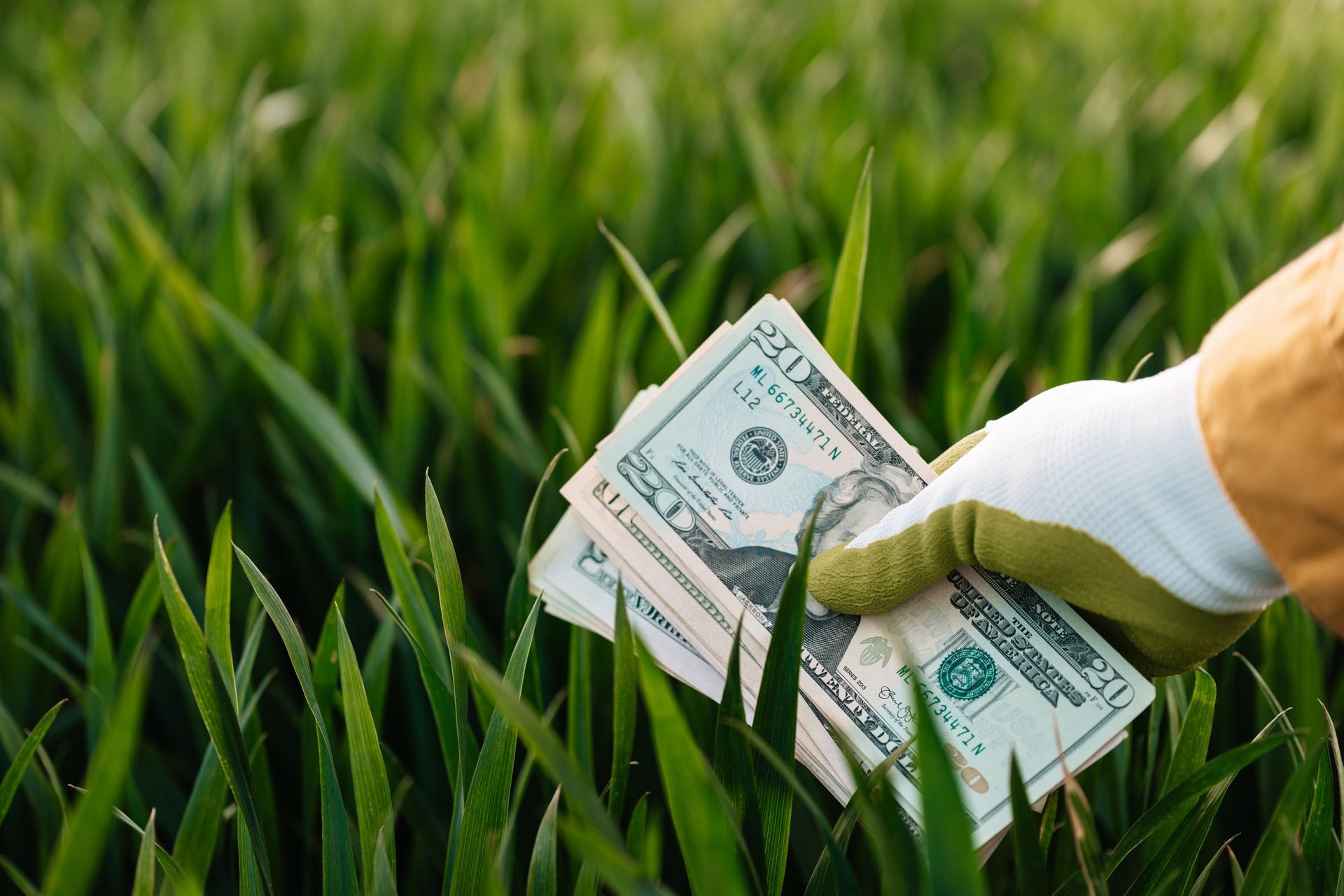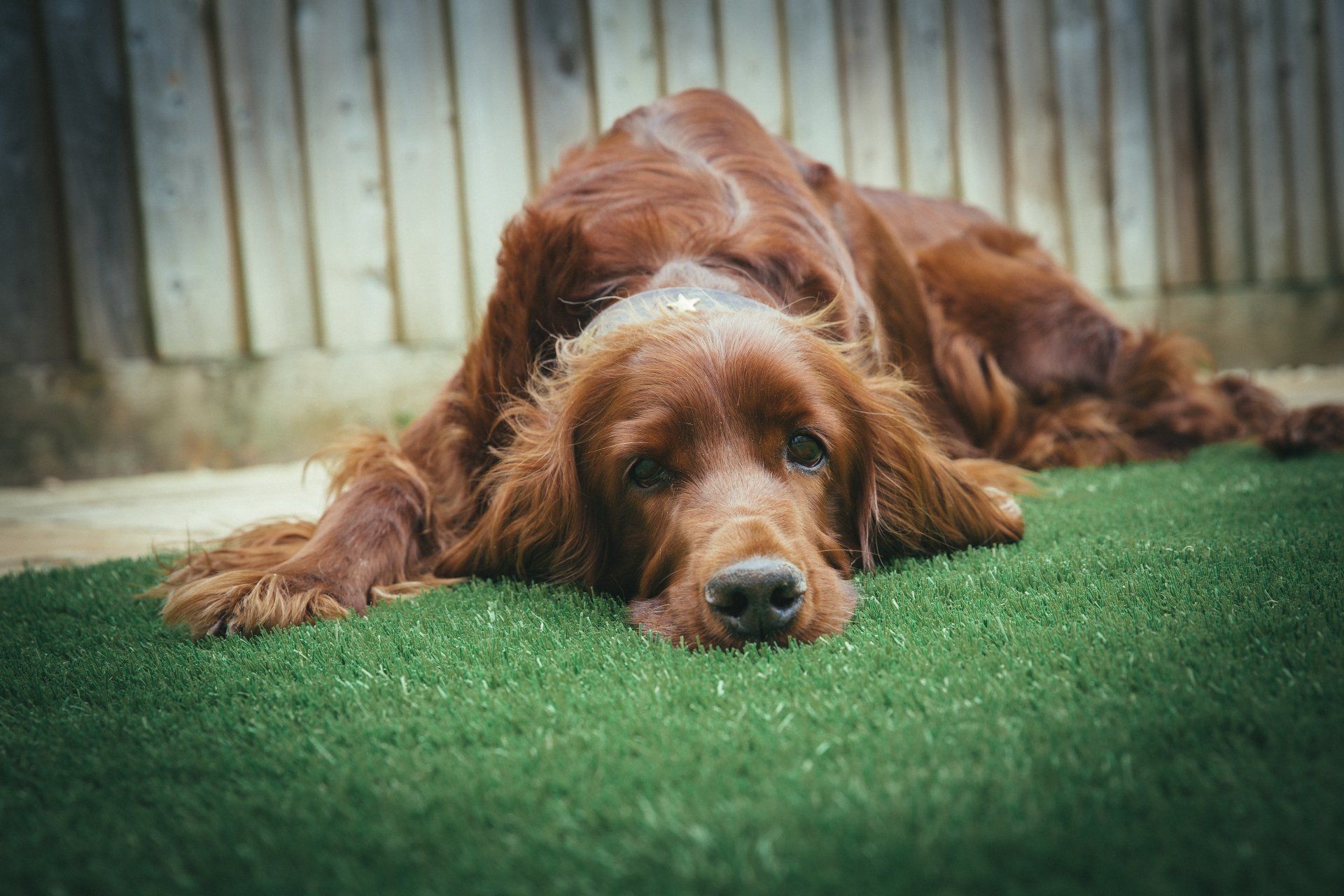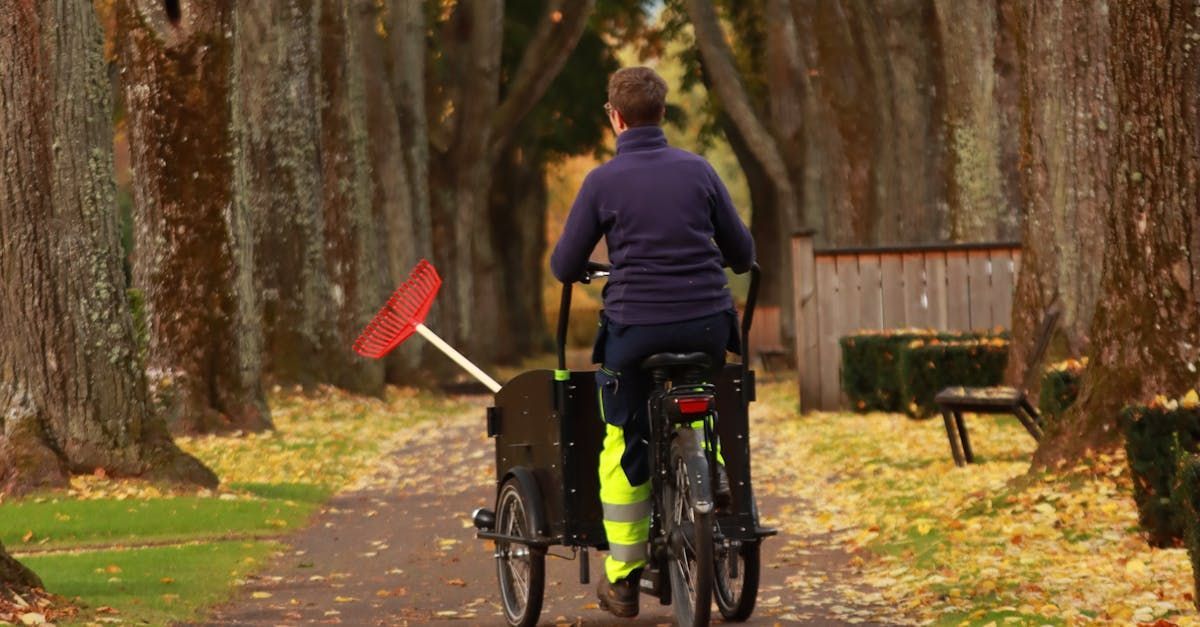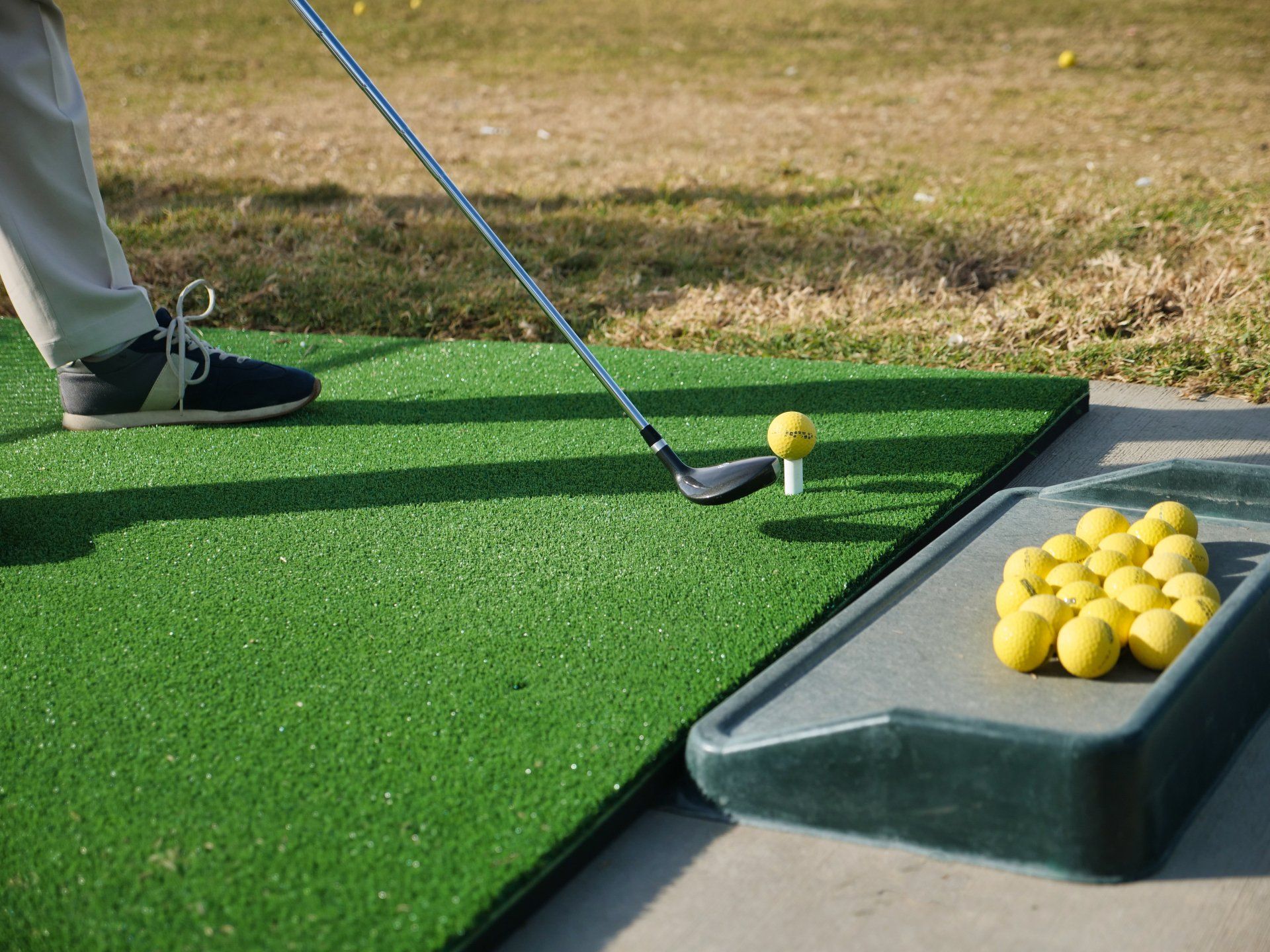Patio Perfection: Blending Hardscape and Synthetic Turf for Stylish Backyards
Your backyard is just as spacious. Your vision is just as precise. And your desire for a stunning outdoor space is just as strong. So why does your backyard fall short compared to those featured in design magazines?
The answer lies in the artful combination of hardscape and natural elements, transforming ordinary outdoor spaces into extraordinary havens of beauty and functionality.
You may dream of having a beautiful backyard oasis but struggle with the hassle and maintenance of natural grass. You're not alone. Many homeowners face the challenge of balancing their desired outdoor aesthetic with the practicality of maintaining a healthy lawn. They often ask themselves.
What is hardscape in landscaping? The term "hardscape" refers to all of the non-living elements in landscaping, such as a brick patio, a stone wall, or a wooden arbor. (1)
Creating the perfect patio involves more than just laying down some pavers and calling it a day. It requires a thoughtful integration of various elements, from sleek stone pathways to lush greenery. But who has the time and expertise to orchestrate such a harmonious balance, especially when juggling busy schedules?
That's where our expertise in blending hardscape and synthetic turf comes in.
As specialists in outdoor design, we understand the intricacies of crafting breathtaking backyards that seamlessly blend hardscape elements with the natural allure of synthetic turf. With the following innovative techniques, you can transform your outdoor space into a stylish sanctuary that rivals those found in the pages of home and garden magazines.
Choose Complimentary Hardscape Materials
Complementary hardscape materials are essential for blending hardscape and synthetic turf in stylish backyards. These materials should enhance the overall aesthetic and functionality of the outdoor space. Consider the style and design of the hardscape materials to elevate the beauty of your backyard and create a harmonious outdoor environment.
Assess your backyard's features and identify the design elements you want to highlight or enhance. Next, choose hardscape materials that complement the backyard turf and suit your outdoor space's overall style and theme. For instance, opt for sleek and minimalist pavers or concrete tiles if you prefer a modern aesthetic. Conversely, consider natural stone or brick for a more rustic look.
Create Different Zones
This approach helps maximize the functionality and enjoyment of the outdoor space by dividing it into distinct areas for various activities or purposes. For example, you can designate one zone for dining and entertaining, another for lounging and relaxation, and a putting green installation for play or recreation. By creating these zones, you can effectively organize your backyard layout and cater to different needs and preferences, enhancing the overall usability and appeal of the space.
Identify the activities or functions you want to accommodate in your backyard. Then, plan and design each zone accordingly, considering factors such as size, layout, and accessibility. Use hardscape elements like pathways, patios, or pergolas to delineate and define each zone, creating visual separation while maintaining a cohesive overall design. Finally, personalize each zone with appropriate furnishings, decor, and landscaping features to reflect your style and enhance the ambiance of each area.
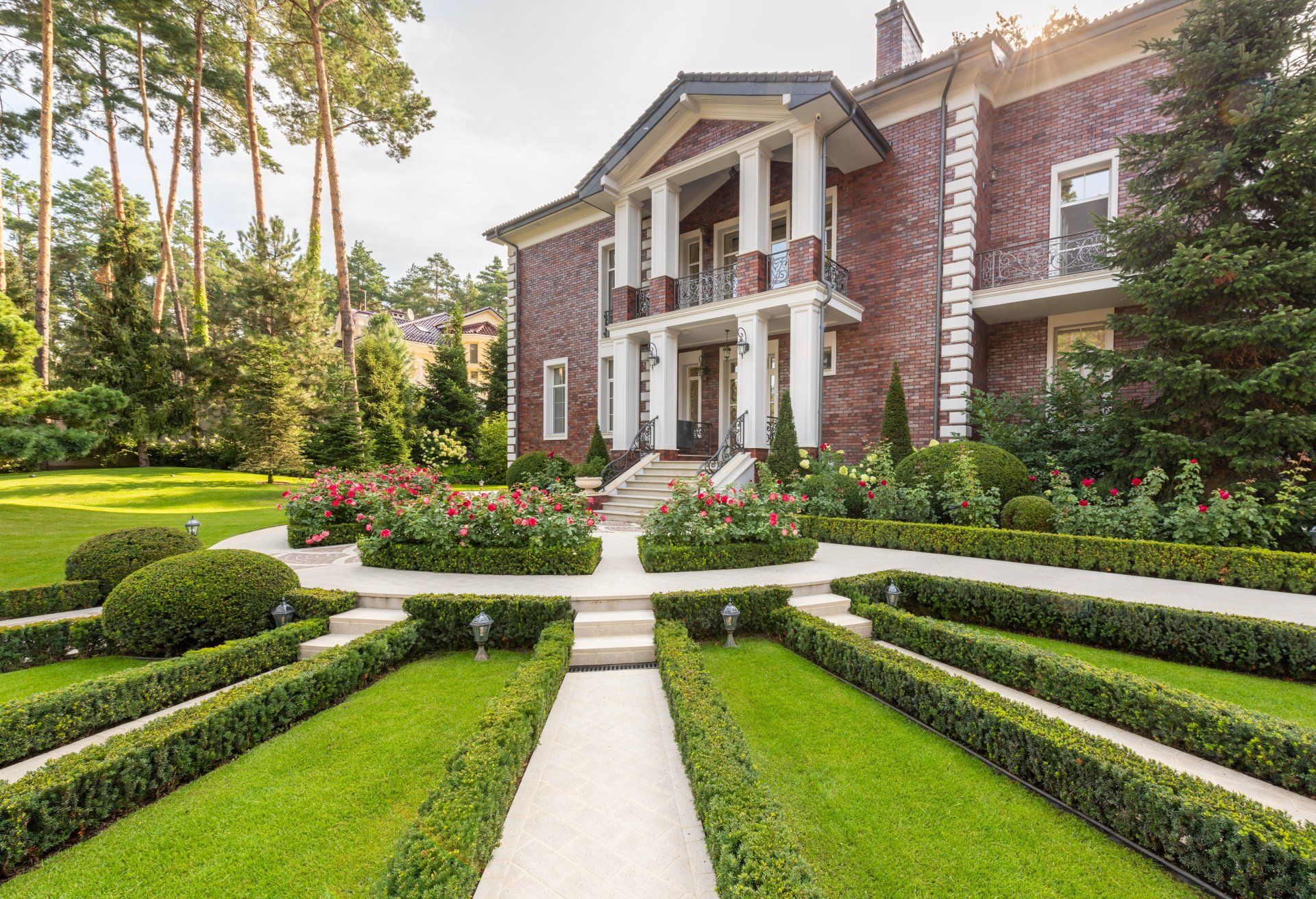
Add Greenery
Incorporating plants, trees, and other green elements can soften the hard lines of hardscape materials and synthetic turf, adding depth, texture, and visual interest to the outdoor space. Greenery also helps create a more inviting and natural atmosphere, contributing to tranquility and relaxation. Integrating greenery into your backyard design can enhance its overall beauty and charm, whether through potted plants, flower beds, or vertical gardens.
Assess the available space and consider the climate, sunlight exposure, and soil conditions. Choose various plant types, sizes, and shapes suitable for putting green installation to create visual diversity and interest. Place taller plants or trees strategically to provide shade, privacy, or focal points using smaller plants and ground covers to fill gaps and soften edges.
Incorporate Lighting
Proper lighting enhances the aesthetic appeal of your outdoor space and extends its functionality, allowing you to enjoy your backyard well into the evening. Well-placed lights can highlight key features, create ambiance, and improve safety and security. By strategically incorporating lighting fixtures into your backyard design, you can accentuate the beauty of the hardscape elements and backyard turf field while providing practical illumination for nighttime activities.
Identify the key areas you want to highlight or illuminate, such as pathways, seating areas, or architectural features. Choose lighting fixtures that complete the style and scale of your backyard, whether it's sleek and modern or rustic and traditional. Position lights strategically to avoid glare and ensure even illumination across the space. Use different types of lighting, such as overhead fixtures, wall sconces, and pathway light.
Use patterns and textures
Incorporating diverse patterns and textures adds visual interest and depth to the outdoor space, creating a dynamic and inviting atmosphere. Whether through the choice of materials like pavers or tiles or the arrangement of furniture and decor, incorporating varied patterns and textures elevates your backyard's overall look and feel.
Select hardscape materials and furnishings that offer a range of textures and patterns, such as stone pavers with intricate designs or furniture with woven textures. Mix and match different elements to create contrast and balance, using smooth surfaces to complement rough textures and bold patterns to enhance more subtle ones. incorporate natural elements like wood or stone alongside synthetic materials to add warmth and authenticity to the design. Pay attention to the scale and proportion of patterns and textures to ensure they harmonize with your backyard's overall size and layout.
Don't forget about drainage
Neglecting drainage considerations can undermine the durability and longevity of your backyard design and detract from its aesthetic appeal. By addressing drainage needs upfront, you can ensure your backyard remains functional, beautiful, and free from water-related problems.
Assess the area's natural slope and soil composition to identify potential drainage challenges. Incorporate features like swales, French drains, or catch basins to redirect water away from hardscape and synthetic turf surfaces. Ensure paved areas have proper grading to encourage water runoff and prevent puddling. When installing artificial turf, don't focus too much on the backyard turf cost but use absorbent materials to facilitate water drainage and minimize runoff.
About the author
Kathy Leavell
Kathy Leavell is the founder and owner of Synthetic Turf Treasure Coast, a leading provider of synthetic grass solutions for residential and commercial properties in Florida. With over a decade of experience in the industry, Kathy has become a recognized expert in synthetic turf installation, maintenance, and repair. Under her leadership, Synthetic Turf Treasure Coast has earned a reputation for exceptional customer service and high-quality workmanship.
Prior to starting her own business, Kathy worked in sales and marketing roles at several major synthetic turf manufacturers.

Contact
- Mon - Thu
- -
- Friday
- -
- Sat - Sun
- Closed
Hobe Sound, FL, United States
All Rights Reserved | Synthetic Turf Treasure Coast
